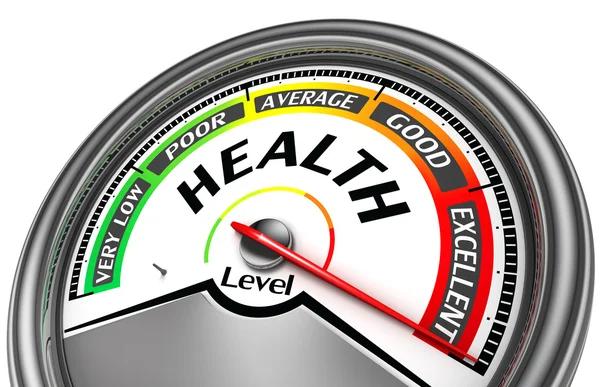Eating healthy can often seem like a daunting task, especially for beginners. With numerous diet plans and nutrition advice available, it’s easy to get overwhelmed. However, adopting a low-carb meal plan is one of the simplest ways to embark on your journey towards healthier eating habits.
Low-carb diets are gaining popularity due to their effectiveness in weight loss and overall health improvement. By reducing your carbohydrate intake and replacing them with proteins, fats, and wholesome vegetables, you can enjoy numerous health benefits while satisfying your palate at the same time.
The first step towards starting a low-carb meal plan is understanding what foods are high in carbohydrates. Foods such as breads, pastas, cereals are typically high in carbs. Sugary treats like candies and sodas also contain large amounts of carbohydrates. Once identified these should be replaced with low carb alternatives such as lean meats (chicken or fish), eggs, nuts and seeds along with plenty of fresh fruits and vegetables.
While creating a beginner-friendly low-carb meal plan might seem challenging initially; it doesn’t have to be so complex or restrictive. Start by incorporating simple changes into your daily meals; for instance swap out white bread for whole grain varieties or replace pasta with zucchini noodles or spaghetti squash.
A typical day on a low-carb diet could start with scrambled eggs paired with avocado slices for breakfast; grilled chicken salad loaded with leafy greens for lunch; almonds or Greek yogurt as snacks; then end the day off on an appetizing note with grilled salmon served alongside steamed broccoli for dinner.
One crucial aspect that makes this dietary shift easier is planning ahead – create weekly menus that include varied options so you don’t get bored eating the same food every day. Also remember portion control is key even when consuming healthy foods.
It’s important to note that while transitioning into this new way of eating may lead to some side effects such as fatigue or headaches due to decrease in sugar levels, they are temporary and should subside as your body adjusts to its new fuel source.
Incorporating a low-carb diet doesn’t mean you have to give up on your favorite foods. There are plenty of delicious low-carb recipes available that can satisfy your cravings while keeping you on track with your health goals.
Lastly, remember that every individual’s dietary needs and responses are unique; what works for one person might not work for another. Hence it is always advisable to consult a nutritionist or a healthcare professional before starting any new diet plan.
In conclusion, adopting a low-carb meal plan can be an effective and simple way towards healthier eating habits. By understanding the basics of this diet, planning meals ahead of time, and making gradual changes in food choices, beginners can easily embark on their journey towards healthier living.


